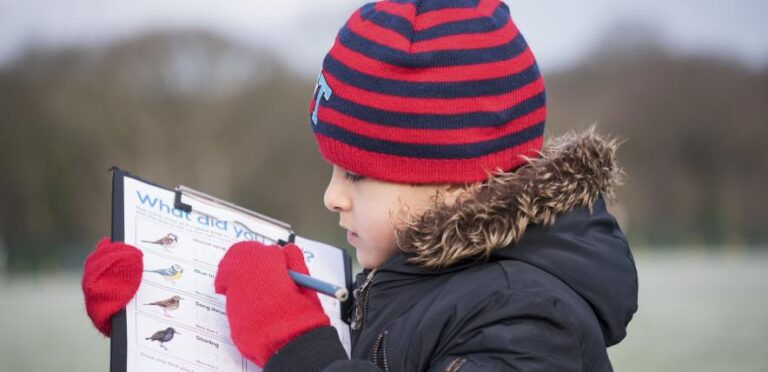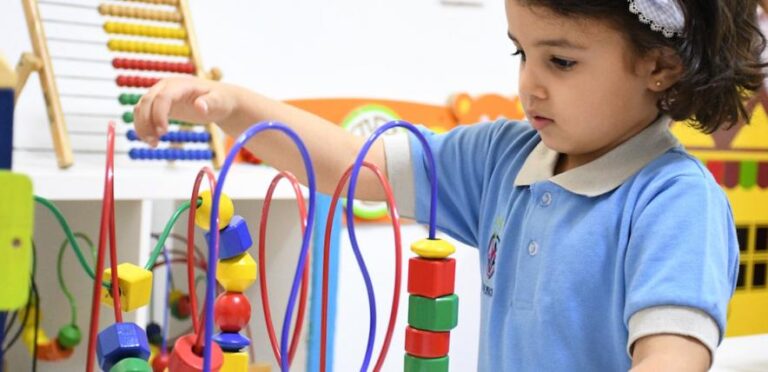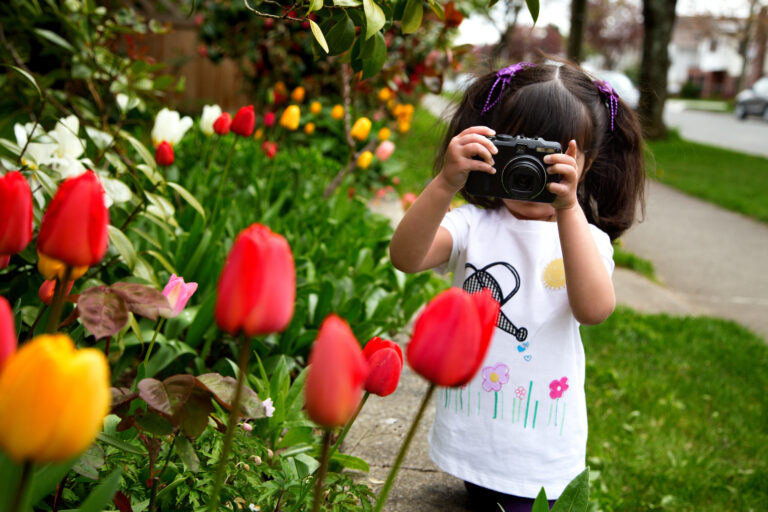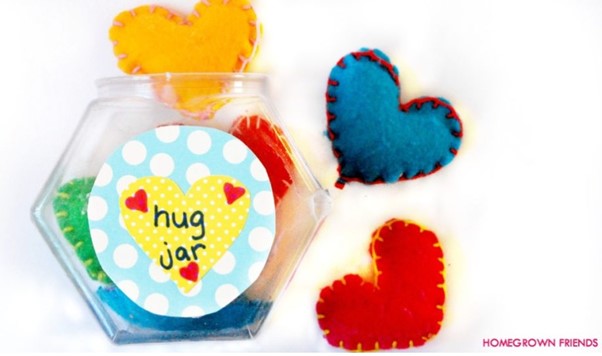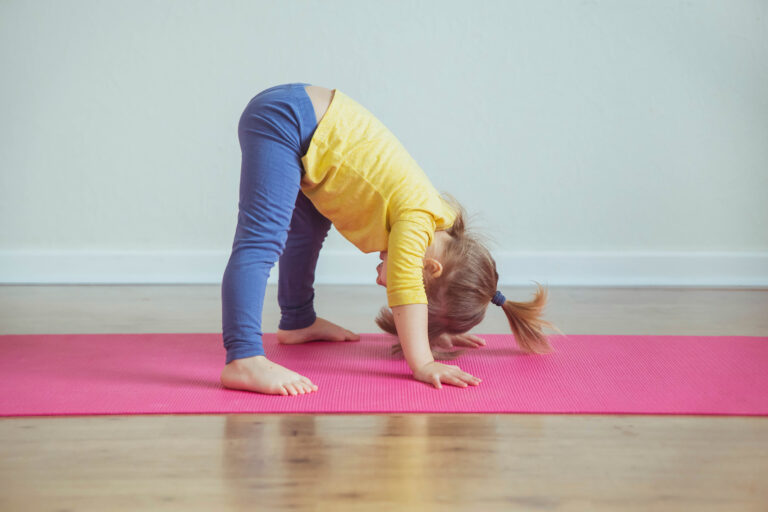The RSPB is inviting parents of young children to join in with its Big Garden Birdwatch – here’s how you can get involved.
Birdwatching is one of the easiest ways to explore nature with children.
You don’t need any special equipment or even your own outdoor space.
The Royal Society for the Protection of Birds’ (RSPB’s) Big Garden Birdwatch is taking place this month and is open to all families who’d like to take part.
The charity monitors British birds to get an important insight into common species, numbers of birds and which species’ are thriving or declining.
The Big Garden Birdwatch takes place in the winter because that’s the time of the year garden birds need us most – if it’s really cold, it’s likely more birds will come into gardens looking for shelter and food, making it easier to count them.
And because the Birdwatch takes place at the same time every year, it means the RSPB can look back through the years to see if anything has changed.
In 2021, more than one million people took part in Big Garden Birdwatch and the charity is hoping to match this, this year.
How to take part in Big Garden Birdwatch
Simply count the birds you see in your garden, from your balcony or in your local park for one hour between 28 and 30 January 2022.
Make a note of them — but only the birds that land — and then record your findings online.
Early learning
Not only does the Birdwatch help with the RSPB’s conservation work, but it also provides a fun activity for children.
Birdwatching helps bring children closer to nature and could inspire an interest in wildlife.
You can use the Birdwatch as a way to explore other related activities, particularly around the environment.
Nicky Thomas, early years project officer at the RSPB, explains: “By taking part children will be able to comment and ask questions about their familiar world, recognise similarities, differences, patterns and change in what they see and experience as well as showing care and concern for living things and the environment.”
By learning about birds, children will develop new skills – making links between their own needs and those of the birds that visit their outdoor space.
Nicky says: “They will be finding out and exploring what is already welcoming birds to their outside space and feel proud as they achieve what they set out to do by counting and identifying some familiar birds.”
Adding extra activities will expand the learning opportunities. “Making these crumbly pastry maggots to feed the birds with is a great finger gym and fine motor skills activity,” she added.
Get started
Register to take part online and you’ll find everything you need to take part including more suggested activities.
Or to find out more first, read these commonly asked questions.
Making pastry maggots
Ingredients: 86g flour, 30g lard
Method:
- Put the flour in a bowl
- Mix in the lard with the tips of your fingers
- Rub the dry mixture into little pieces that look like maggots
- Sprinkle these onto the ground, on your bird table or around bushes and flowerbeds
Look out for these common birds in the UK
- Blackbird – Black feathers with bright orange-yellow beaks and eye-rings.
- Starling – Look black from a distance but purples and greens can be seen up close.
They tend to be smaller than blackbirds - Woodpigeon – Grey with a white patch on its neck.
- Carrion crow – All black, including the beak and feet. These are usually seen alone or in pairs.
- Black headed gull – All white, or white with a chocolate-brown head.
- House sparrow – Speckled with blacks and browns, but the males will also have a strip of blue on their heads.
- Magpie – Distinctive black and white bird with a long tail – up close you might notice purple-blue hues on its feathers.
- Robin – Golden brown with a bright red chest.
These are found all year round – not just at Christmas. - Blue tit – Blue, yellow and white bird that often travels in groups. Younger birds will have yellow instead of white cheeks.
- Jack Daw – A small black crow with pale eyes and a slightly silver patch behind its head.
How to identify the UK’s 10 most common birds
Where next?
If you go down to the woods today…

